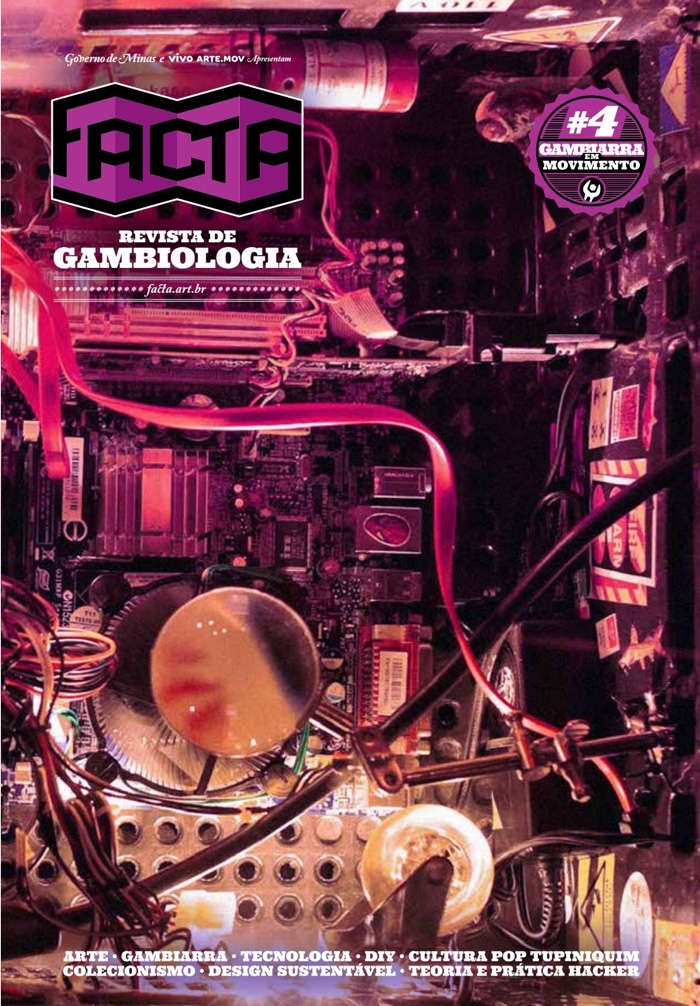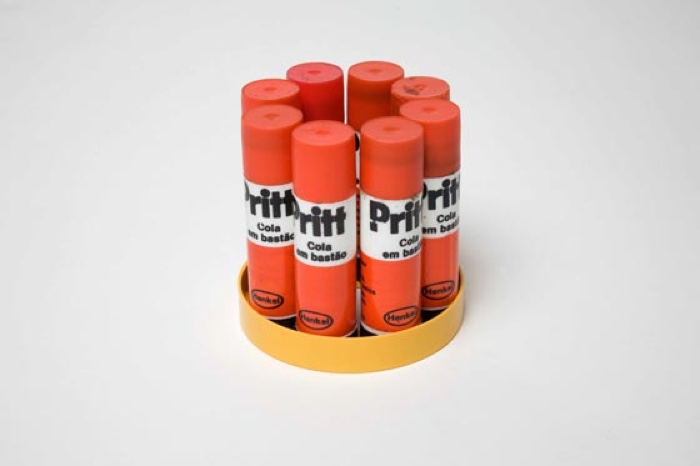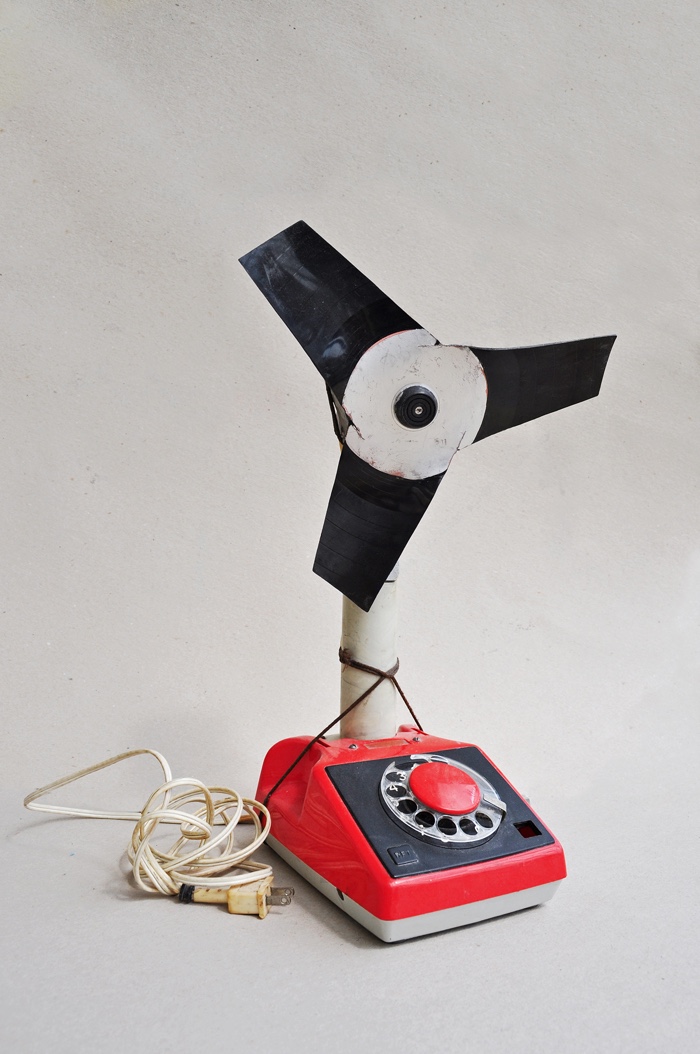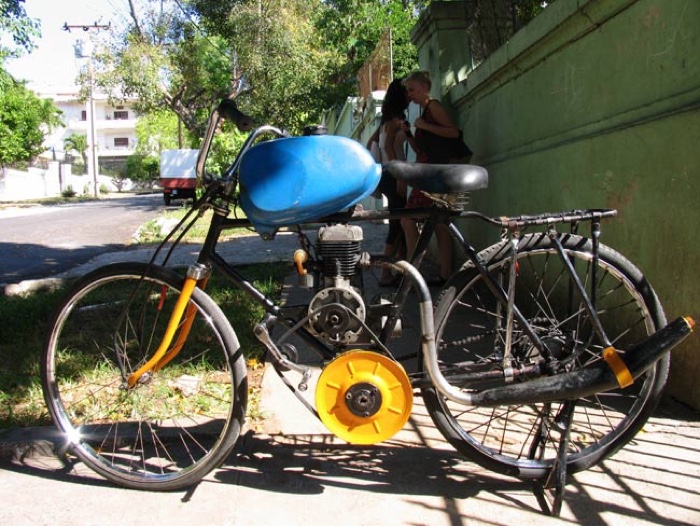My recommendation for anyone who’s looking for something smart, exciting and FREE* to read during the coming Winter break: Facta Revista de Gambiologia #4 – Gambiologia magazine – “Gambiarra em movimento” / “The gambiarra movement”.

The 4th issue of Facta, the Gambiologia magazine has been out since October and i’m still waiting for my copy to snail its merry way through the reliably lethargic Italian postal ‘service.’ Fortunately, the editors have generously uploaded the full edition of the magazine online. Along with the previous Gambiologia publications. The texts are available in both Portuguese and English.
Gambiologia, you may remember, is the Brazilian art and science of kludging. Someone with gambiarrá displays a cunning ability to improvise, kludge, hack and make do with whatever is at hand. In the field of art, design, electronics and every other aspect of daily life and spheres of knowledge, gambiologia is the art of repurposing, recycling, reclaiming. Gambiologia, however, is far more than a demonstration of one’s own resourcefulness, it is also a political and ethical gesture. It questions industrial processes and mechanisms, rejects consumerism and postulates the need for greater personal and societal autonomy.

Guto Lacaz, Industrial coincidencias
This edition of the Gambiologia magazine is more introspective than the previous ones. It reflects on the work achieved so far and attempts to positions the practice in contemporary culture at large. The content of the publication is as fun and feisty as ever though. Inside Facta #4, you will find:
A reprint of the Repair Manifesto; a presentation of Garnet Hertz‘s collective zines Disobedient Electronic and Critical Making; a text by Newton C. Braga that charts the move from the hobbyist of the 20th to the maker of the 21st; an interview in which sociologist Laymert Garcia dos Santos talks about shamanism, acceleration and how the word ‘democracy’ as we use is in the West no longer makes sense; a portrait of Bernardo Riedel who builds sophisticated telescopes using bits and pieces from ice cream engines, sewing machine and chicken rotisserie shafts; a run though the basic of DIY tattooing when you have neither ink nor proper tattoo equipment. And much more.
I would, however, like to single out Ernesto Oroza‘s archives:

Household fan made from telephone components and vinyl LP records. Photo: Ernesto Oroza, via

Rikimbili: ‘Rikimbili’ bicycle fueled by a military tank engine, Havana, 2005. Photo by Ernesto Oroza
Over the past few years, Cuban designer Ernesto Oroza has been documenting ingenious objects that resist mainstream protocols. These artifacts of Technological Disobedience have their roots in Ernesto ‘Che’ Guevara’s call to workers to build their own machines. It was in 1961, the famous revolutionary was then Cuba’s Minister of Industry and he hoped to encourage Cuban workers and technicians to face the scarcity of resources by becoming experts in repair, reuse and re-invent.
The ideological push would become a way of life in the country. People would not only learn to repair and build their own machinery, they would also create toys, household items and vehicles using spare parts and trash.
*you can also buy a paper copy by emailing the editors.
Previously: Gambiologia, the Brazilian art and science of kludging, Facta – Gambiologia magazine #3. Hacker poetics, Magazines to make you forget that we’ve just entered the Dark Age: The Funambulist, Neural and Gambiologos, Magazines: Facta (the Gambiologia magazine), Neural and Aksioma brochures.
